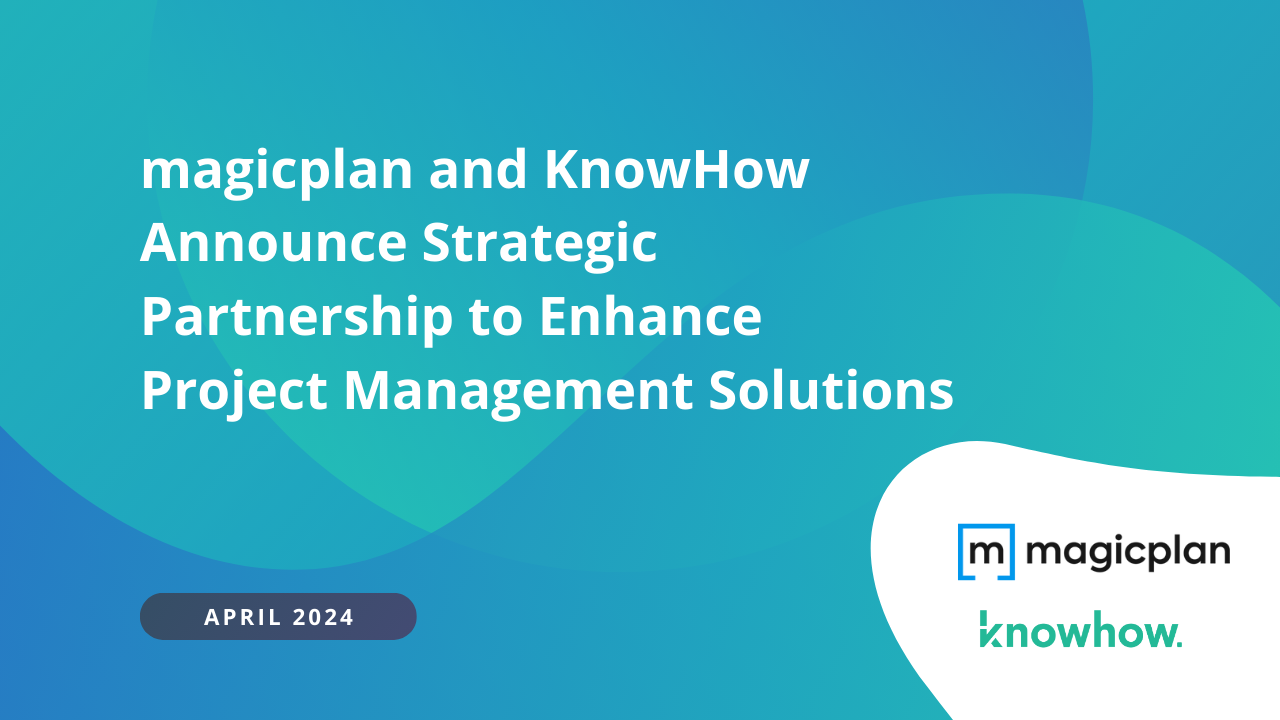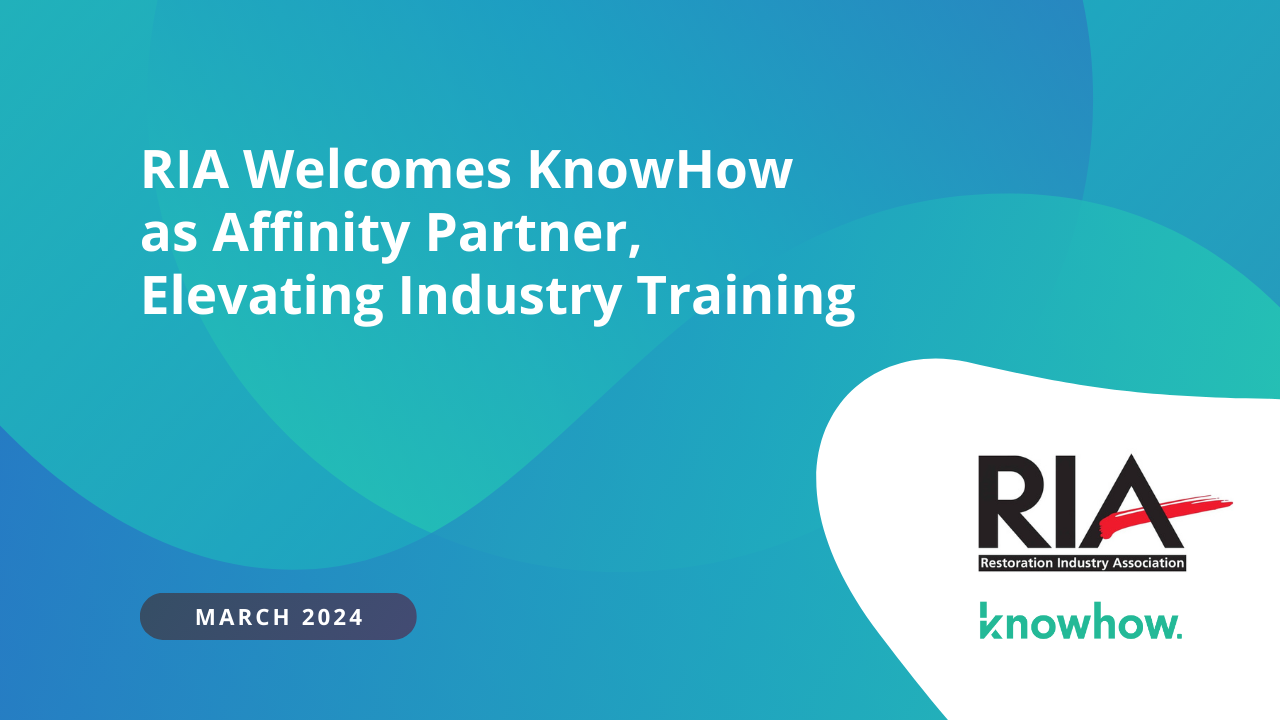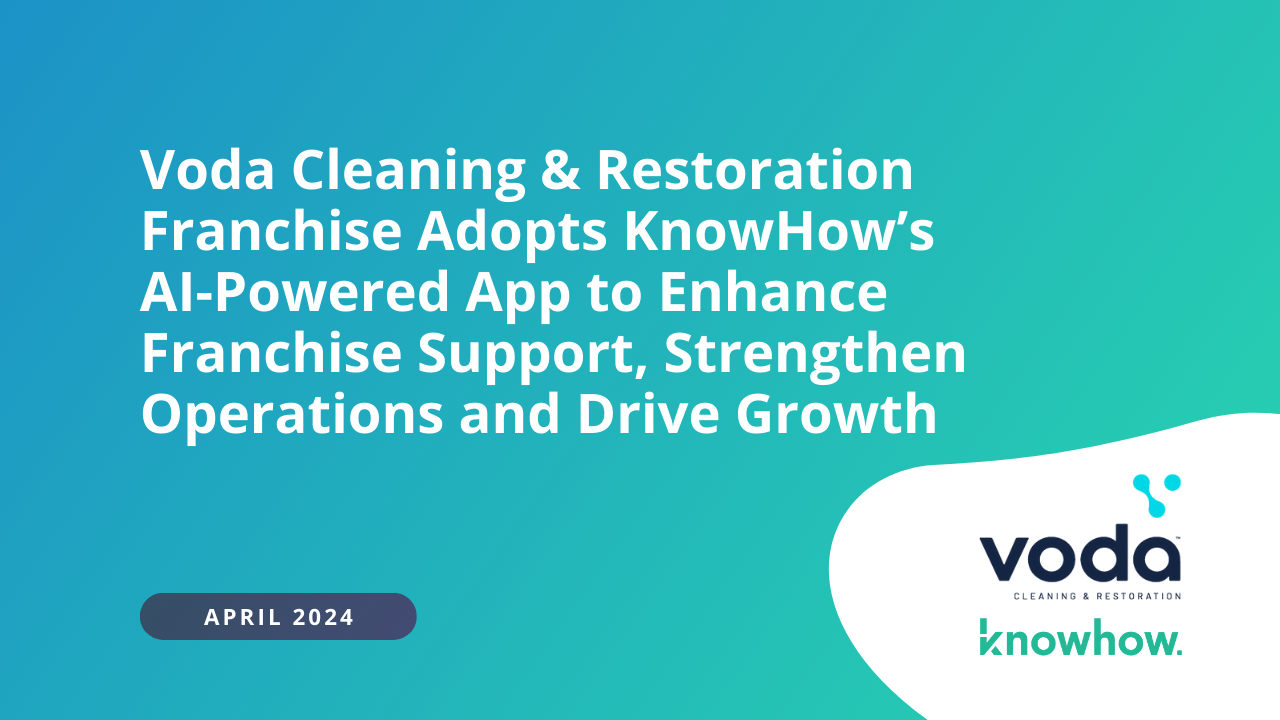
Do Learning Management Systems Work for Generation Z Workers?



As organizations seek to modernize their learning and development strategies, many consider investing in a Learning Management System (LMS) to provide training and support to their Generation Z workforce (workers under 25 years old). However, as we'll explore in this article, there are several factors to consider before deciding whether or not to invest in adopting an LMS or expanding investment in an existing LMS system.
LMS systems date as far back as the 1960s and 1970s with initial computer-based learning solutions. Companies like Blackboard (1997) and WebCT (1996) were among the early pioneers in developing web-based LMS. The early 2000s saw a significant adoption of LMS systems in corporations, and the LMS market has continued to work hard to evolve. Similar to other technology advancements, trade services industries have often been slow adopters of new IT solutions, falling behind common early adopter industries such IT, Education, Banking, Healthcare, Retail and Hospitality. In addition to historically being slower adopters, Trades Services Industries also have an added LMS adoption challenge in that the majority of labor and field-based Gen Z workers rarely own a laptop computer and face a rising prevalence of non-English learning preferences. Today, leading trade services companies are looking at what’s next.
One of the most important factors Learning & Development leaders must consider today is how Generation Z workers prefer to solve knowledge-based problems outside of work. Current research indicates that Generation Z workers prefer on-the-go, mobile-first knowledge solutions. Similarly, in a recent survey of 1300 Highschool students across 49 States, Barnes & Noble College identified that 51% of Gen Z’s prefer to ‘learn by doing’ whereas only 12% prefer to ‘learn by listening’. This is not surprising, given that this generation has grown up with smartphones and is accustomed to having instant access to information at their fingertips. Getting what they need to know, when they need to know it.
The ‘Google effect’ or ‘digital amnesia’ is a phenomenon where individuals rely on digital devices to store information and access ‘point-of-need’ guidance. The impact of this social trend is highly evident in the Gen Z workforce and can lead to reduced memory recall, reliance on digital devices, and a failure to commit information to memory when participating in an in-person or virtual training event. This is not a convenient trend for Learning & Development leaders with ambitions to develop, maintain, or expand a robust online training system. It requires a pragmatic response to decide whether to ignore these trends or harness them.
While an LMS can provide a centralized platform for managing training and development activities, often it is not the best solution for delivering training to Generation Z workers in a format they are accustomed to. Here are some reasons why:
Generation Z Workers Are Comfortable Job-Hopping
Generation Z workers are known to be job hoppers, as evidenced by a report by Deloitte. According to the report, 55% of Generation Z workers plan to stay with their current employer for less than two years. This means that organizations may not have enough time to see a return on investment for an LMS implementation if their future workforce is likely to resign before fully utilizing the system. This makes it crucial for companies to carefully evaluate the cost-effectiveness of investing in an LMS when considering the needs and preferences of their Generation Z employees.
Gen Z Workers Want Mobile, Easy-to-Use Software
Another crucial factor to consider is whether an LMS can meet the needs of Generation Z workers who prefer on-the-go mobile-first knowledge solutions. This generation has grown up with smartphones and is accustomed to having instant access to information at their fingertips. Therefore, they may not be willing to engage with an LMS that is too rigid, inflexible, or difficult to navigate. The ability to provide accessible and user-friendly training solutions is essential to effectively engage and retain Generation Z employees, making it necessary to explore alternative learning platforms and technologies that align with their preferences.
Gen Z Workers Want Just-in-Time Learning Opportunities
Many LMS tools expect workers to sit for hours in front of a desktop computer before they ever get out to a jobsite. Simply put, this is not how today’s incoming workforce generation commonly solves problems, rather, they solve problems through “microlearning” with their smartphones. They lean on quick searches on YouTube videos or Googling topics to obtain immediate information. This on-the-go, just-in-time learning approach not only allows them to learn in the moment but also promotes long-term retention of the information they acquire, with studies showing retention rates of up to 80%. While an LMS can provide a centralized platform for managing training and development activities, the clunkiness of the system is not well-suited to provide the just-in-time learning opportunities that Generation Z workers prefer. Opting for alternative learning methods that offer flexible, on-demand access to information and resources may be more effective in meeting the learning needs and customs of these employees.
Meeting the Learning Needs of Generation Z Workers
Considering these factors, it is important for organizations to carefully evaluate whether or not an LMS is the best solution for providing training and support to their Generation Z workforce. Trades Services industries in particular, must determine how their field-based staff solve knowledge-based problems outside of work hours and ensure training solutions replicate these engrained methods. While LMS can offer advantages such as centralized content management, tracking, testing and reporting, they may not be the most effective solution for delivering training to a workforce that prefers on-the-go, mobile-first knowledge solutions. A new generation of solutions is emerging in response to these strong trends. These new solutions, like KnowHow, provide the features Learning Leaders desire, but package them in a more Gen Z-optimized format.
Organizations must consider alternative solutions that offer features such as microlearning, gamification, and social learning, which are better suited to providing personalized, engaging, and just-in-time learning experiences that meet the needs and preferences of Generation Z workers. Additionally, organizations must consider why hundreds of firms are investing in technologies tailored to new worker preferences, such as KnowHow’s artificial intelligence powered digital mentor Howie.
While LMS can be an effective solution for providing training and support to certain types of learners (such as older, office-based workers), they may not be the best solution for Generation Z workers, in particular, those in Trades and Field-Based Industries who prefer on-the-go, mobile-first knowledge solutions. Organizations should carefully evaluate their workforce's learning needs and preferences before making a decision on whether or not to invest in a new LMS solution or expand their engagement with an existing LMS solution. Learning Leaders must consider alternative solutions that will be more effective in unlocking the full potential of their Generation Z workers, rather than trying to force them into the preferences of an earlier workforce generation for whom LMS solutions were developed.
Want to be the first to know when a new article drops? Register here to stay updated on future publishings and learn from the industry’s biggest and best operators how to build a playbook for success.









